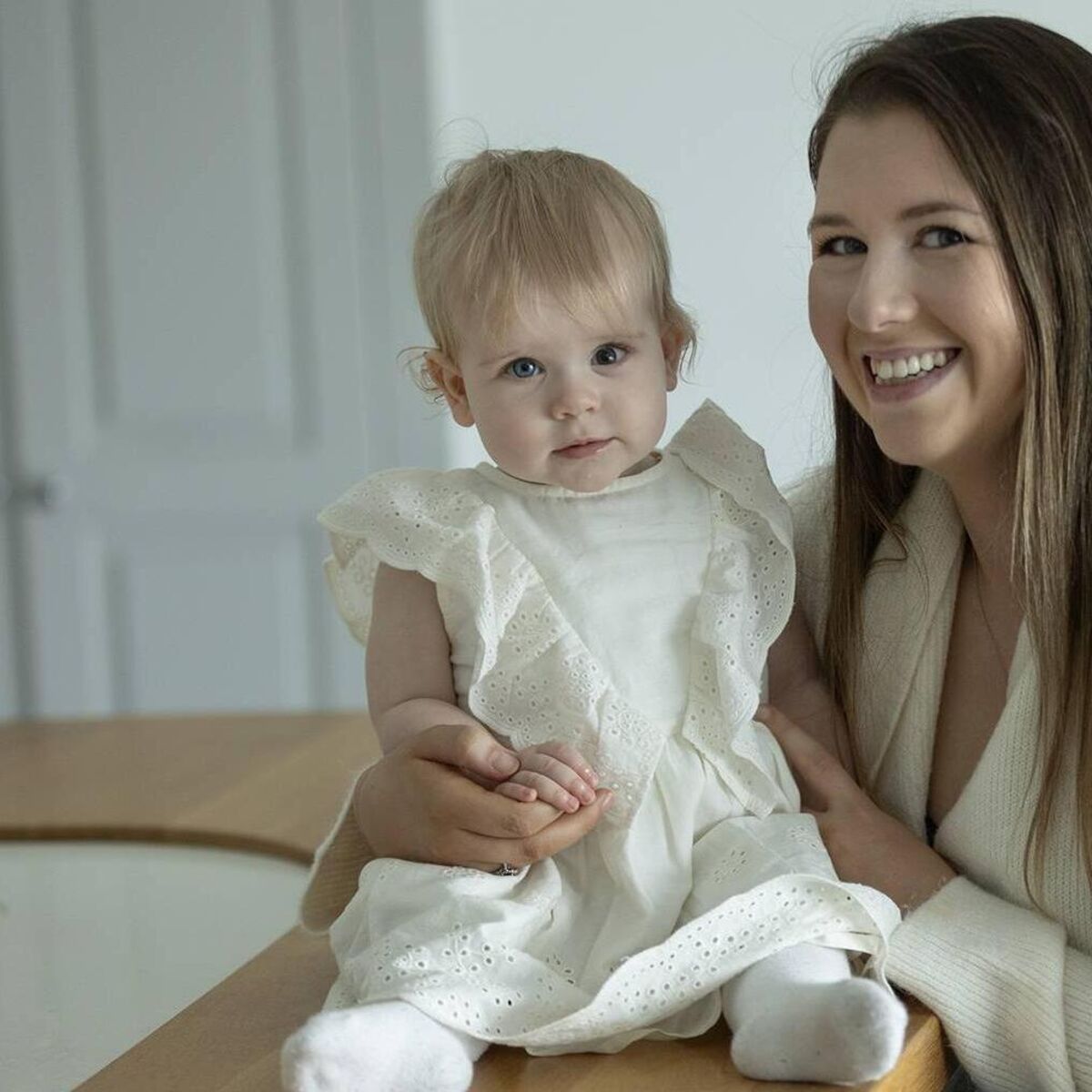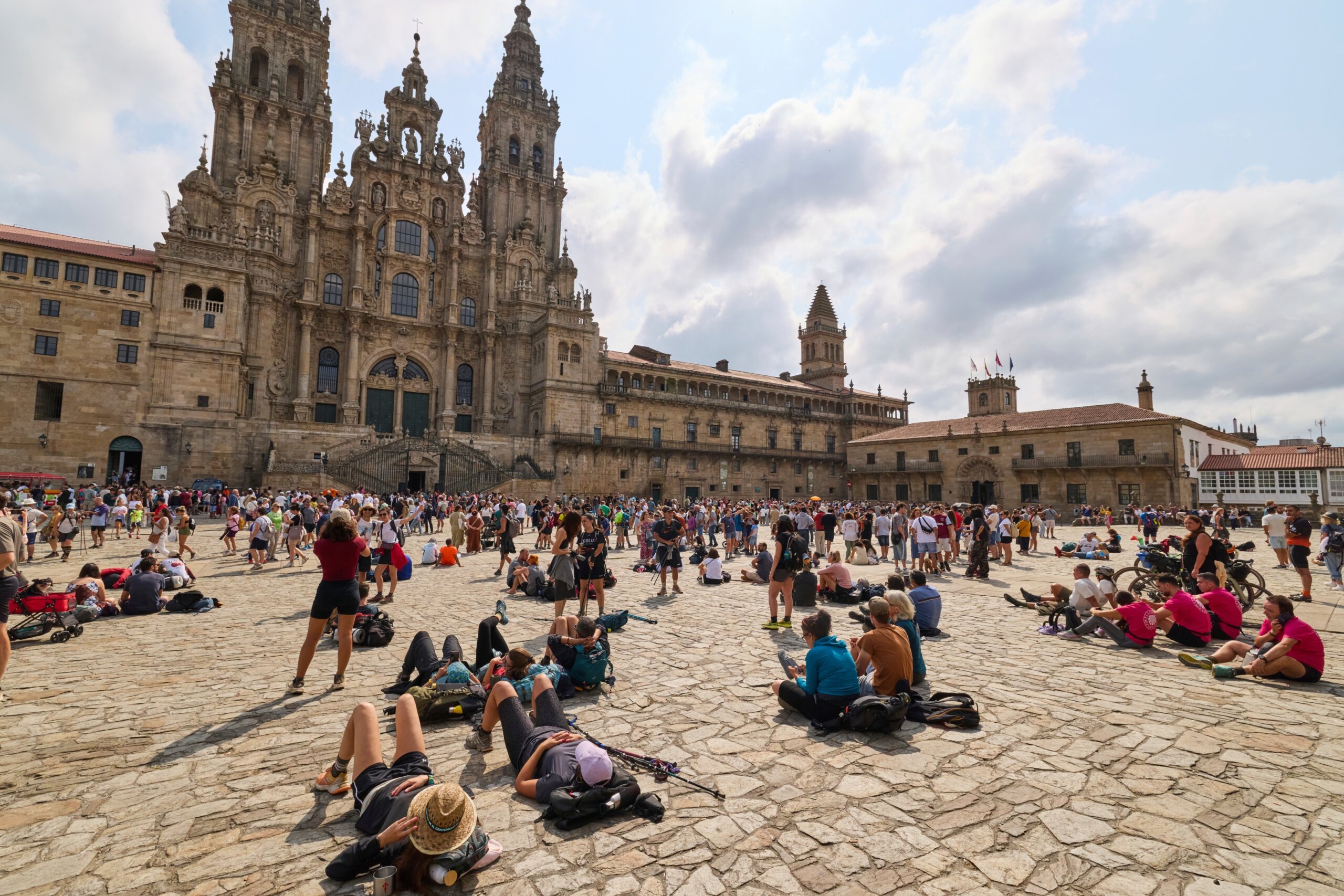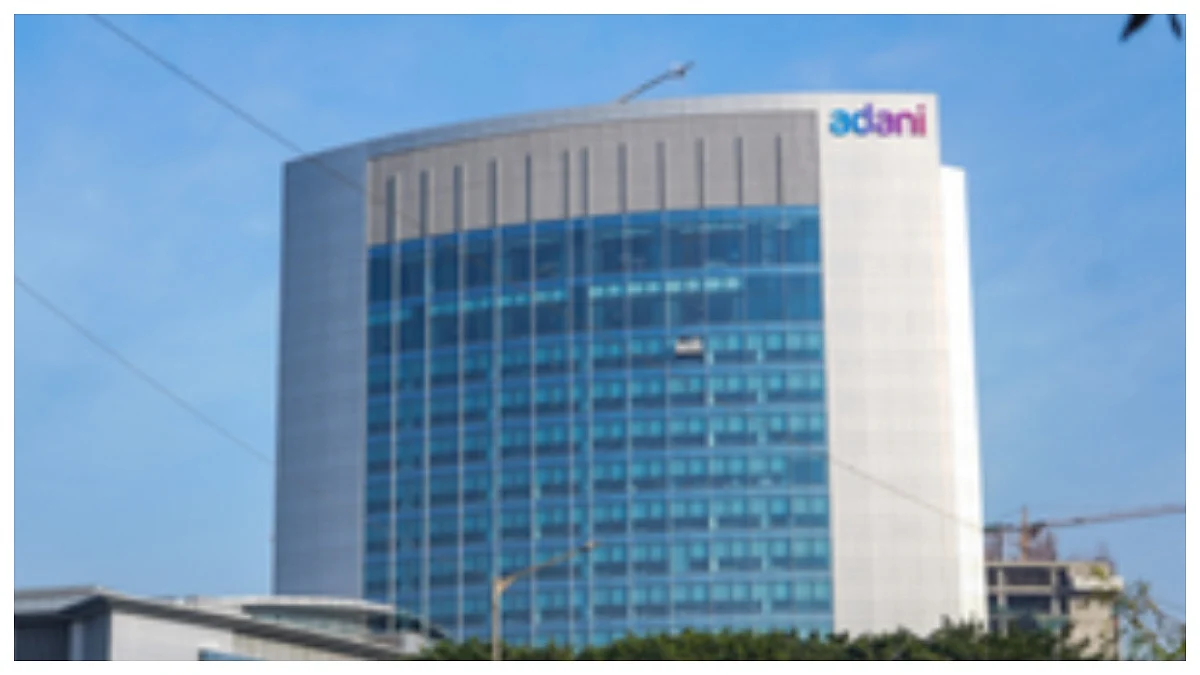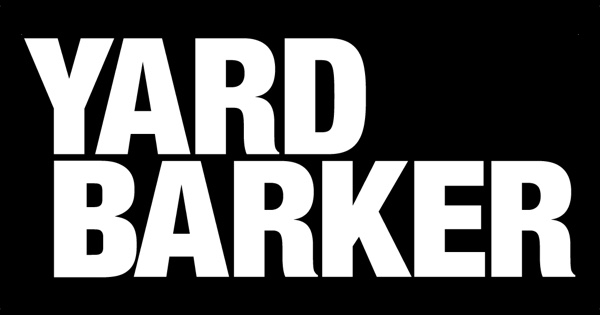By Helen O’callaghan,Irishexaminer.com
Copyright irishexaminer

In the immediate aftermath of Abbey’s birth, Co Tipperary-based Leahy was in the throes of cluster-feeding. “Two nights of it. And after labour you’re exhausted. The baby just keeps going, keeps looking for the boob to bring the milk in.
“You have to be in the right mindset to be able to do it. You’re tired, emotional — why is she still crying? Am I doing something wrong?”
Leahy says the support of the Clonmel Hospital lactation consultant was “just amazing”, describing how she checked in on her every day. “She showed me different ways to hold Abbey, how to do it when I was lying down, having a bit of a rest.
“Abbey was in the special care unit with jaundice, and in between going down to feed her every few hours, I was getting some sleep. By the time we went home, we were both almost pros at breastfeeding.”
For Leahy and her husband Ciarán, that first weekend at home in Mullinahone was all about “enjoying our little newborn” and introducing her to family. And while the doctor, at discharge from hospital, had noticed Abbey was missing the red reflex in the back of her left eye, he had also said it was probably nothing to worry about, though he would refer her to an ophthalmologist.
The weekend over, things accelerated — the ophthalmologist in Waterford thought Abbey might have cataracts and brought the eight-day-old baby for ultrasound. “He could see scarring in the back of the left eye and a little on the right, but the left eye was the concern,” recalls Leahy.
Later that day, they got a phone call from a Temple Street-based ophthalmologist — she had seen Abbey’s scans and thought it might be bilateral retinoblastoma. “I couldn’t speak. I was mouthing to Ciarán ‘What’s that?’ Tumours behind the eyes. It broke us — she was a newborn, it didn’t seem possible.”
MRI in Temple Street two days later confirmed eye cancer. “Every eventuality goes through your head. I’d researched [bilateral retinoblastoma] and seen a really high survival statistic — but it’s that word ‘cancer’, it puts the fear of God in you.”
Abbey had four rounds of systemic chemo in Crumlin Hospital but has to travel to Birmingham every four weeks for laser treatment. “They removed her left eye when she was 10 weeks old, so they’re treating the right eye. We’re hopefully nearing the end of treatment now.”
‘Nothing breastfeeding didn’t solve’
Leahy is in no doubt that breastfeeding is what has got her and Abbey through — on several fronts.
“You feel so helpless when you’re told such difficult news, but having the skin-to-skin contact, the closeness, definitely helped Abbey. It also helped me — I felt this was something I could do for her.
“She hated having bloods taken or having her blood pressure measured. I’d start feeding her and, between the closeness and the milk, she’d calm and they could do the procedure.
“There was nothing in the early days that breastfeeding didn’t solve for her. She started chemo at two weeks old. It was horrible seeing her, so tiny, hooked up to machines, but I was able to breastfeed during it — she could feed away. It was a comfort for me too.”
Immuno-suppressed due to chemo — and unable to get her vaccines until six months post-chemo — Leahy is convinced breastfeeding kept Abbey free of coughs, colds and infection.
“We were never hospitalised for those reasons. I’m convinced breastfeeding is what kept her healthy during that time of chemo. She was going into hospitals for tests, treatment, but I was giving her immunity through me via the breastmilk.
“That kept me going beyond six months — no way was I stopping breastfeeding.”
Breastfeeding helps recovery
Breastfeeding rates in Ireland continue to rise. “More babies — 65% — commenced breastfeeding in hospital in 2024 than in previous years,” says HSE national breastfeeding co-ordinator Laura McHugh, who confirms that 43.5% are still breastfeeding at three months.
“That’s about a 20% falloff at three months, so it’s a goal to get the rates higher. And we are seeing a 27% change for the better over the last decade in exclusive breastfeeding at three months.”
With National Breastfeeding Week running from October 1 to 7, this year’s theme is ‘Hold me close: The power of skin-to-skin contact’. McHugh describes skin-to-skin contact as the gold standard immediately after baby is born, no matter how they are fed.
“It helps recovery after birth for both mum and baby. It helps the baby with breathing, temperature control and heart rate, and helps keep sugar levels from falling. It helps mum feel calm, relaxed and promotes oxytocin production, which aids bonding.”
According to the latest HSE data, 89% of mothers and babies had the opportunity to have skin-to-skin contact immediately after birth. But not all mums and babies are so fortunate.
Ballincollig-based mum-of-one Faye Dowling was enjoying a low-risk pregnancy — on the domino scheme with CUH, she was looking forward to a water birth in hospital — when early-onset pre-eclampsia necessitated an emergency C-section at 27 weeks.
Finn was born in early May — “900g, a little dot”, says Dowling who, because she was in the high-dependency unit, didn’t get to see her baby until 24 hours after his birth. “Your gut wrenches — seeing him there that small and vulnerable. I felt fear, gratitude, and awe at this tiny human I’d brought into the world who was fighting for survival, yet doing so well.”
Lisa Conboy, clinical midwife specialist in lactation at the Coombe Hospital, says low breastmilk supply is a challenge for mums whose pregnancy ends prematurely. “Their body and breasts haven’t gone through final preparation for feeding.”
For this reason, Conboy says appropriate and early support to breastfeed is vital. “For most mothers at the start, this means expressing breast milk — their babies are too tiny to breastfeed. Early, frequent expression of breast milk initiates and maintains an adequate supply for their babies.”
Conboy says since the Coombe Hospital began providing specialist lactation support, 92% of premature infants born less than 32 weeks gestation are receiving breast milk at discharge home — 40% higher than before the support was introduced.
Dowling says expressing milk drop by drop was the only thing she felt she could do to help her baby survive. “I was setting the alarm every three hours, my poor husband, Patrick, running to NICU with the milk in bottles. With every ml [millilitre], it was like ‘this is how I’m going to save him from a distance’. He was in NICU for almost three months, and I was expressing all that time.”
After five days, Dowling held her baby, and two months into his NICU journey, Finn was finally strong enough to feed from the breast. “I’ll never forget it. He was so small, still connected to so many monitors. He latched perfectly, no help required, as if he’d been waiting to do it. All the hours of pumping, exhaustion, crystallised into something magical that had all been worth it.”
Breastfeeding is not always easy, Dowling says, and being able to feed Finn is not something she takes for granted. “Seeing his growth has been so satisfying in a difficult journey. He was always gaining weight and making great gains and he never lost that weight. He’s 10lb 10oz now.”
Breastfeeding has been an empowering experience. “In NICU, hope is fragile, but breastfeeding is what got me through. I was so focused on the one thing that would make a difference to him. He’s home now, thriving — you’d never know he was a premature baby.”
In Tipperary, with Abbey celebrating her first birthday yesterday, Leahy tells a similar story. “She’s brilliant. She’s learning how to walk, pulling herself onto furniture. She’s a bubbly little princess.”
Details of breastfeeding support groups and the ‘Ask our breastfeeding expert’ service are at www2.hse.ie/babies-children/breastfeeding
For information on skin-to-skin contact, visit www2.hse.ie/babies-children/breastfeeding/a-good-start/skin-contact



